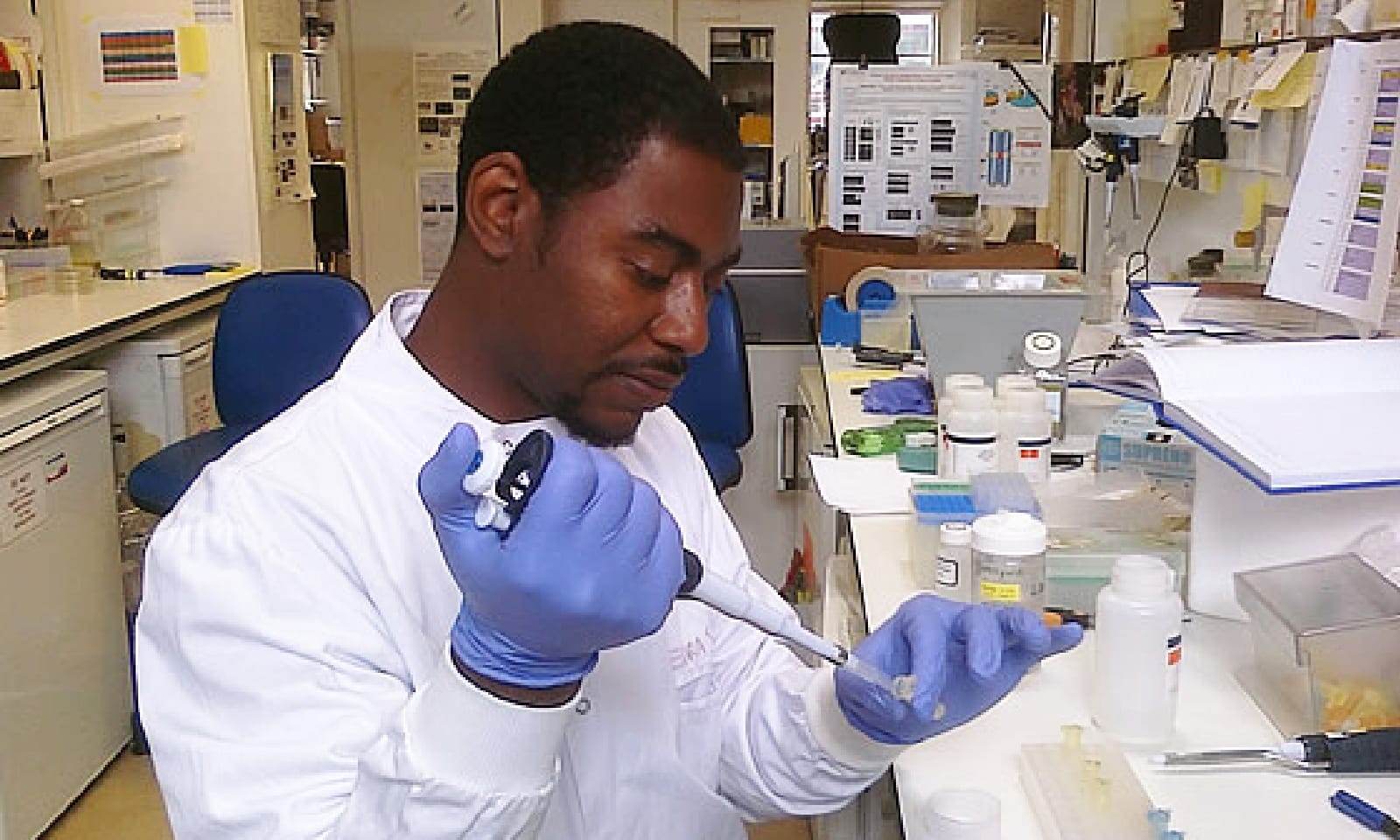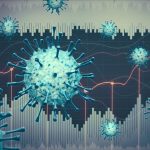As Cal State Fullerton celebrates the 30th anniversary of the Los Angeles Basin CSU Minority Health and Health Disparities Research Training (MHRT) program, it’s the perfect moment to reflect on the transformative experiences the program has provided to hundreds of students. Created with a bold vision to tackle research training on a variety of health issues, MHRT has become a launchpad for students across the U.S. to gain real-world research experience – both internationally and at home.
Since 2002, the MHRT program has been led by Marcelo Tolmasky, a longtime professor and now chair of the Department of Biological Science in the College of Natural Sciences & Mathematics. Tolmasky is passionate about how the program helps students grow both academically and personally. It has trained more than 320 students, helping them develop a deep understanding of the basic mechanisms of numerous diseases, as well as approaches to developing novel treatments and diagnostic methods, equipping them with the skills to pursue careers in research, public health, medicine, and beyond.
“The MHRT program is not just about doing research; it’s about being immersed in different cultures, learning to collaborate across laboratories and borders, and seeing how science works in a variety of environments,” he says. “This exposure helps our students grow as researchers and as people. It shapes their perspective on the world and gives them a unique edge in their careers.”
A Rich, Global Experience
MHRT’s core mission has always been to provide students with the opportunity to engage in intense, hands-on research. Initially, the program was entirely international, offering students research placements in countries across the globe. Over time, while still emphasizing international sites, the program has expanded to include research locations in the U.S., providing even more opportunities for students to broaden their experiences.
Participants spend 10 weeks working at their assigned research sites, where they are mentored by leading scientists and researchers in the field. For many, the opportunity to work in new and challenging environments proves to be a life-changing experience.
One alum shared with Tolmasky that after working in a resource-limited setting, they “realized how ‘easy’ it is to do research when you have access to so many resources.” This feedback underscores the profound impact the program has in helping students understand the challenges and rewards of research outside their familiar environments. Most former trainees feel that MHRT was a transformational experience that often guided them to select a career pathway.

Building Lifelong Connections
The MHRT program is about more than just gaining technical skills; it’s about building relationships. Mentors, colleagues, and peers build connections that last years after their research assignment ends. Many former students have returned to their research sites to continue their work, while others have gone on to achieve remarkable academic and professional successes.
“We’ve had students go on to pursue Ph.D.s at prestigious institutions like Oxford and Cambridge, do postdoctoral research in Germany, and found their own biotech startups,” Tolmasky says. “The most rewarding part for me is seeing these students grow, not just in their careers, but as individuals who are passionate about improving health outcomes for underserved populations.”
Around 30% of program graduates go on to earn Ph.D. degrees, 29% pursue master’s degrees, 9% become medical doctors, and 3% earn MD/Ph.D. degrees. The diversity of their career paths reflects the program’s wide-reaching impact and the dedication of its participants. The high percentage of graduates who pursue advanced degrees highlights the significant impact of the MHRT program on its scholars.
A Strong Legacy and a Vision for the Future
As Tolmasky takes on his new role as chair of the Department of Biological Science and maintains his position as director of MHRT, his vision for the future is clear: Continue to inspire innovation and collaboration, not only within his department but across the university.
“I want to encourage faculty to think outside the box, to develop new ideas, and build programs that haven’t been thought of before,” he says. “At the same time, it’s important to keep the faculty happy, ensure that our students are receiving the best possible education, and maintain a harmonious and supportive environment.”
Tolmasky’s leadership extends to the MHRT program, where he envisions it continuing to thrive beyond his tenure. “This program has transformed the lives of so many students,” he says. “I want to see it continue to flourish, providing future generations with the tools and experiences they need to tackle health disparities on a global scale.”








